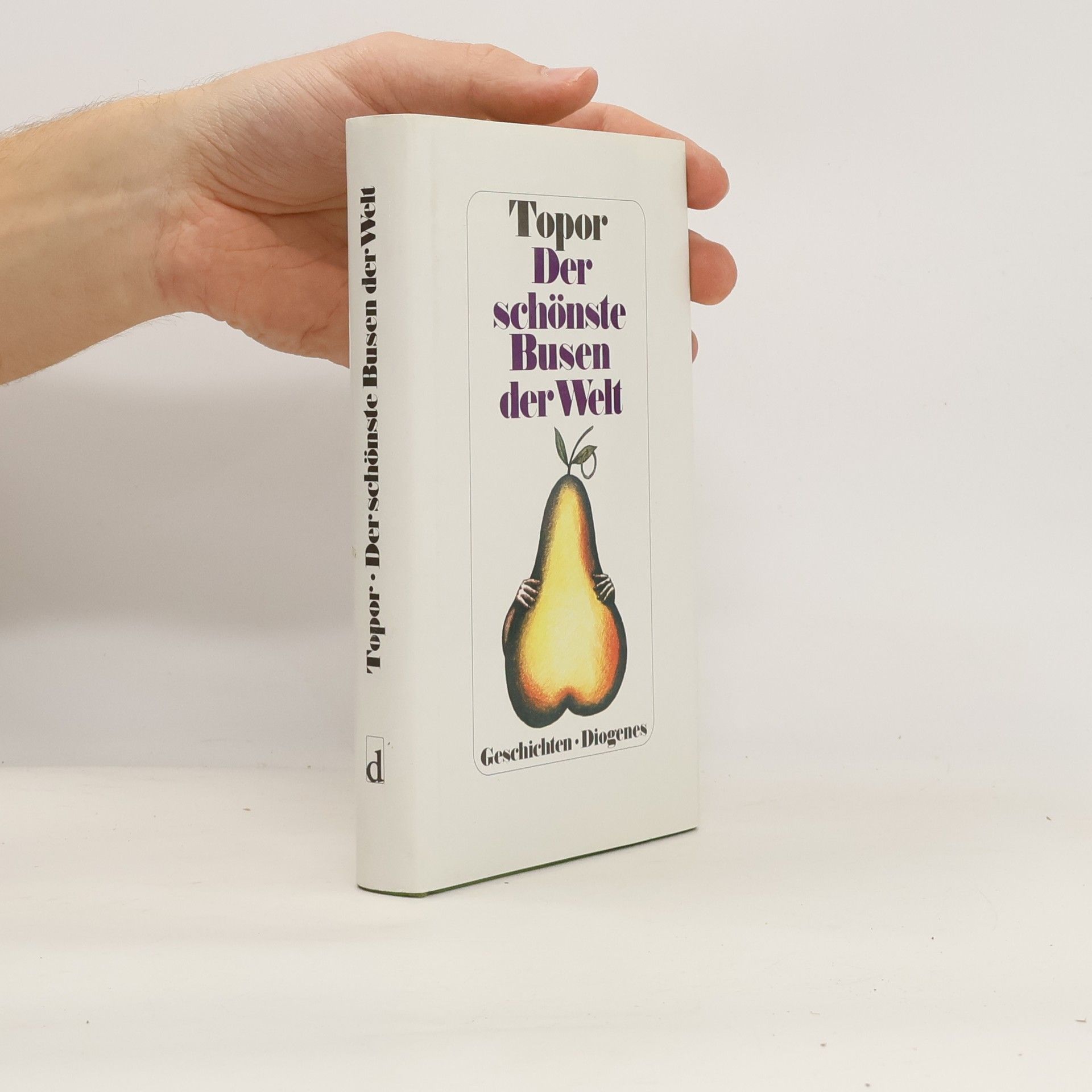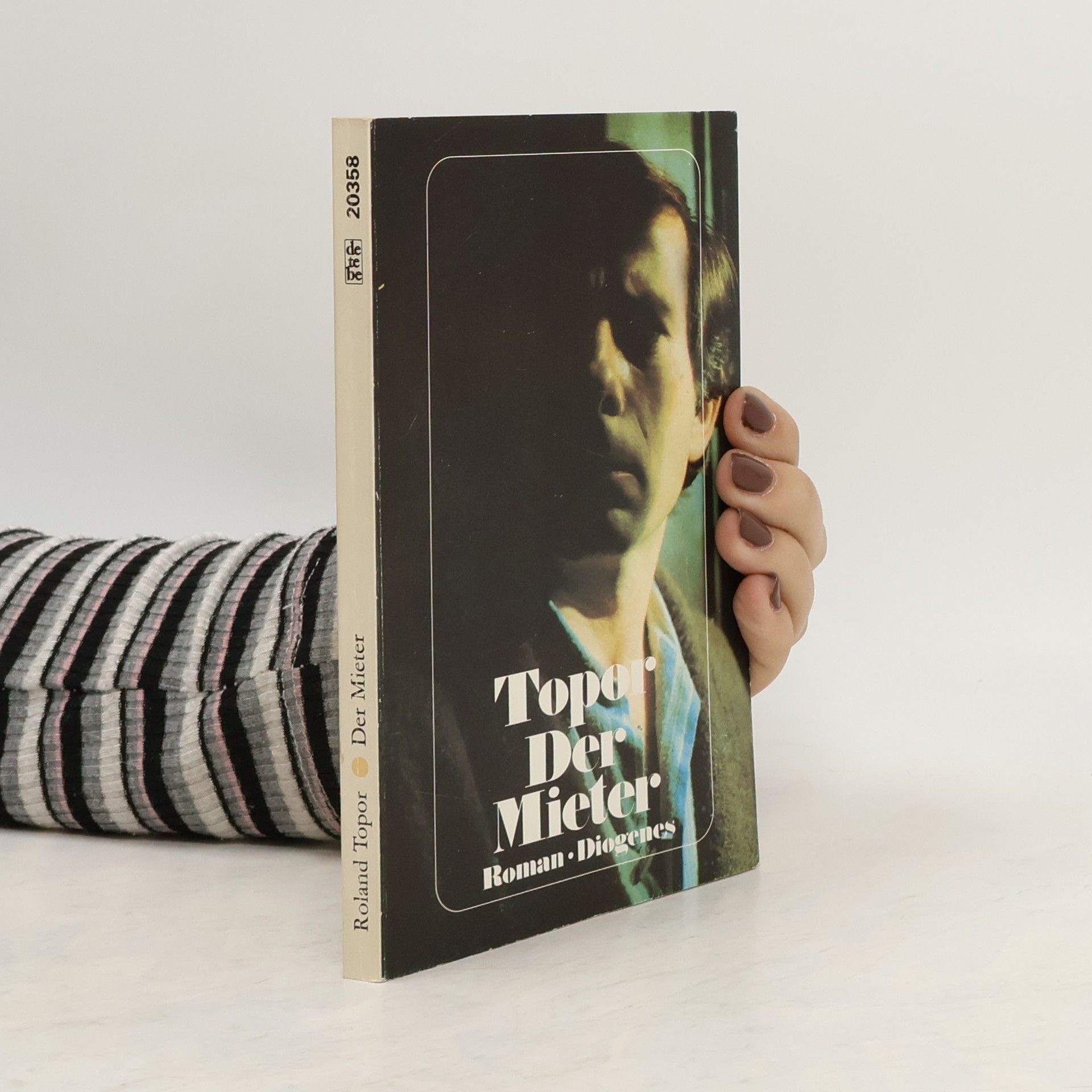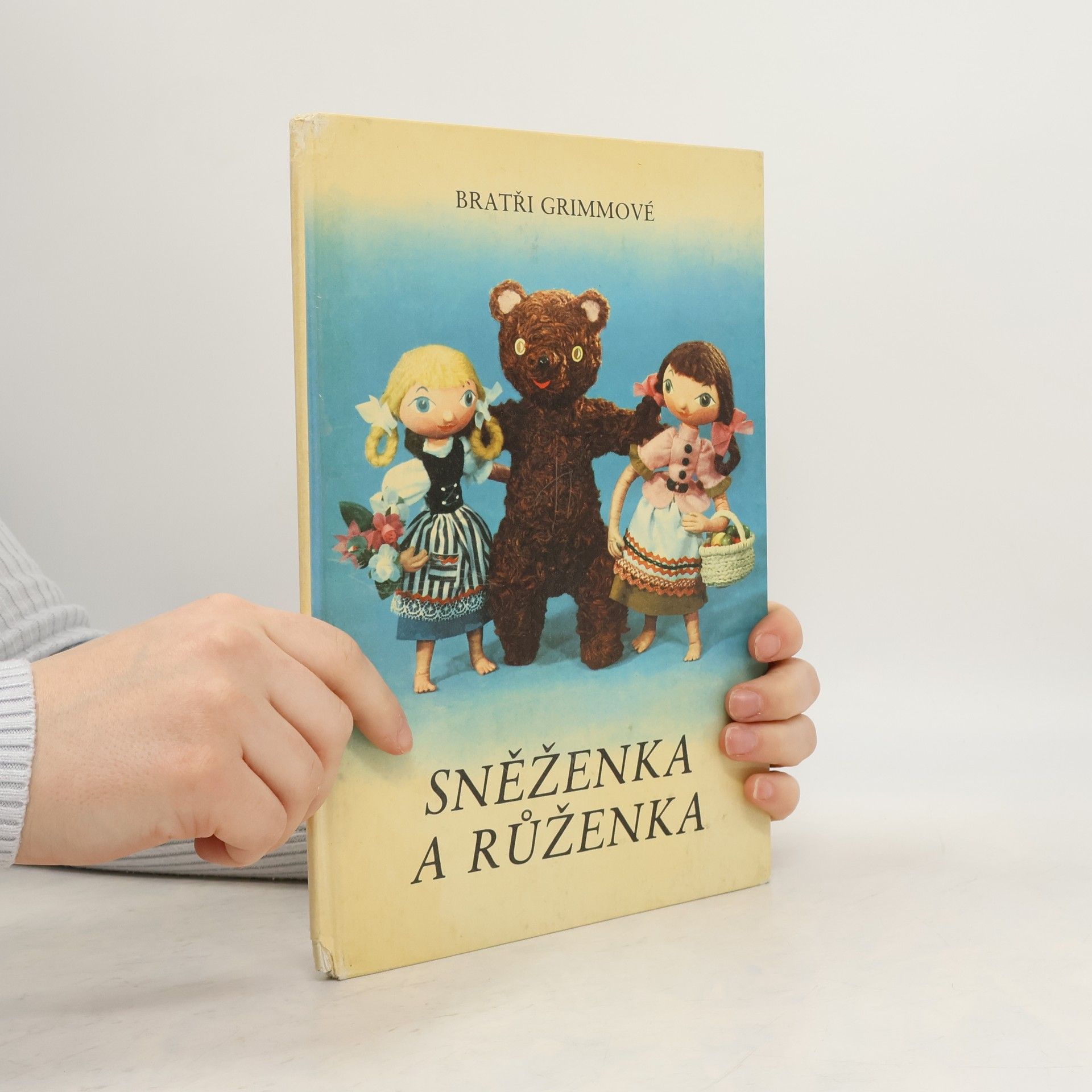Roland Topor Livres
Roland Topor était un artiste français réputé pour ses créations surréalistes. Ses œuvres explorent les thèmes de l'aliénation et de l'identité, posant des questions troublantes sur la définition de soi. Par son écriture, Topor utilisait souvent une satire cinglante pour critiquer la conformité sociale et exposer les absurdités du comportement humain. Sa vision singulière continue de captiver les lecteurs par son mélange unique d'art littéraire et visuel.






The Tenant (Valancourt International)
- 176pages
- 7 heures de lecture
When Trelkovsky, a Parisian in desperate need of a place to live, comes across an affordable apartment, he jumps at the chance to rent it, undaunted by the fact that the previous tenant hurled herself screaming through the window. What happens next is a harrowing descent into paranoia and madness as a series of bizarre events unfolds that leaves Trelkovsky doubting his sanity and fearing for his life. First published in French in 1964 and adapted for Roman Polanski's 1976 film version, Roland Topor's surreal and hallucinatory horror masterpiece The Tenant returns to print at last in this edition, which includes a new introduction by R B. Russell. "As closely coiled, as cold and quiet and deadly as a snake in the bed." - John Collier, author of Fancies and Goodnights "Echoes of Kafka, Poe, and Hitchcock . . . not recommended to any average reader who may be easily shocked." - Bestsellers "Grotesque and harrowing, The Tenant is a powerful fable set in the twilight zone." - The Observer
The Tenant chronicles a harrowing descent into madness as Mr. Trelkovsky is subsumed into Simone Choule, a suicide victim whose presence still saturates Mr. Trelkovsky's new apartment. The novel probes the depths of guilt and obsession.
Lokator wraca do twórczości swojego patrona w dwudziestolecie istnienia, co stanowi doskonały sposób na uczczenie okrągłej rocznicy. Powołany do życia na krakowskim Kazimierzu, przyciąga miłośników literatury, która skupia się na psychice pisarza, a nie na realistycznym opisie świata. W Lokatorze słychać diaboliczny śmiech patrona, który towarzyszył spotkaniom z okazji polskich wydań Księżniczki Anginy, Alicji w Krainie Liter oraz Balu na ugorze. Obchodziliśmy siedemdziesiąte urodziny autora, który zmarł przed ukończeniem sześćdziesiątki. W prezencie urodzinowym otrzymał wystawę prac współczesnych artystów inspirowanych jego twórczością oraz elegancki katalog. Zachowałem na półce butelki Chteau Topor z tamtego święta, z etykietkami przedstawiającymi roześmianego patrona. Chcielibyśmy, aby Archipelagi i Dzieła wybrane przywróciły pamięć o tym niesłusznie zapomnianym mistrzu słowa. Wybrane, a nie zebrane, ponieważ Roland był jednym z najpłodniejszych pisarzy, a jego prace zdominowały moją bibliotekę. Nie wszystko jest równie dobre, dlatego proponujemy crème de la crème, czyli to, co najlepsze. (z posłowia Agnieszki Taborskiej)
52 hintergründige Geschichten und eine Utopie. Eine Sammlung bissiger, bitterböser, schwärzester Geschichten, surrealistischer Novellen, bizarrer oder denkwürdiger Begebenheiten und erotischer Märchen wie von eine modernen Scheherazade erzählt. „Topor ist ein menschliches Feuerwerk, unterhaltsam und erschreckend.“ Ronald Searle „Das im Alltag verborgene wird seziert, die Mördergrube des Spießbürgertums entlarvt, die Banalität wird zur Höllenvision gesteigert - aber immer mit versöhnlichem Witz.“ Catherine Tessmar-Pfohl, Frankfurter Allgemeine Zeitung
52 hintergründige Geschichten und eine Utopie. Eine Sammlung bissiger, bitterböser, schwärzester Geschichten, surrealistischer Novellen, bizarrer oder denkwürdiger Begebenheiten und erotischer Märchen wie von eine modernen Scheherazade erzählt. „Topor ist ein menschliches Feuerwerk, unterhaltsam und erschreckend.“ Ronald Searle „Das im Alltag verborgene wird seziert, die Mördergrube des Spießbürgertums entlarvt, die Banalität wird zur Höllenvision gesteigert - aber immer mit versöhnlichem Witz.“ Catherine Tessmar-Pfohl, Frankfurter Allgemeine Zeitung
Roland Topor hat ihn erdacht. Roman Polanski hat ihn verfilmt und selbst gespielt: den Mieter: »Trelkovsky, ein schmaler, sheuer Bursche mit dem Charakter einer feuchten Hand, sucht eine Wohnung in Paris und gerät in ein verfallenes Gebäude. Die Concierge zeigt ihm ein Appartement, dessen vormalige Mieterin, eine junge Frau, bei einem Selbstmordversuch aus dem Fenster gesprungen ist. Trelkovsky zieht ein. Sein Leben wird eine Anhäufung von merkwürdigen Begebnissen: verwirrende, häßliche kleine Zusammenstöße mit den Nachbarn, bizarre, mysteriöse Ereignisse in der Wohnung. Paranoia nimmt überhand, die Realität entschwindet. Trelkovsky beginnt sich die Fingernägel zu lackieren, kauft sich eine Perücke und zieht ein Kleid seiner Vorgängerin an, das er im Schrank gefunden hat. Kein Zweifel, er hat nicht nur die Wohnung der ehemaligen Mieterin sondern auch ihr Schicksal übernommen... Der Mieter ist eine giftgewürzte Komödie, von karbolischem Witz und unausgeloteten Tiefen des Vergnügens an deformiertem Gefühl, physischen Schandbarkeiten und psychischen Schockwellen.« Jay Cooks/Time [Rückseitentext]
Zwei Schwestern leben mit ihrer Mutter in einem kleine Häuschen. Im Winter bekommen sie Besuch von einem Bären, den sie liebevoll verpflegen und beherbergen. Im Sommer haben sie mehrere Begegnungen mit einem Zwerg, der ihnen nicht wohl gesonnen ist. Dabei kommt ihnen immer der Bär zu Hilfe. Am Ende, nach dem der Zwerg untätig gemacht wurde, verwandelt sich der Bär in einen Prinz. Er vermählt sich mit Schneeweisschen und Rosenrot heiratet den Bruder.
Kunstpause
- 151pages
- 6 heures de lecture



